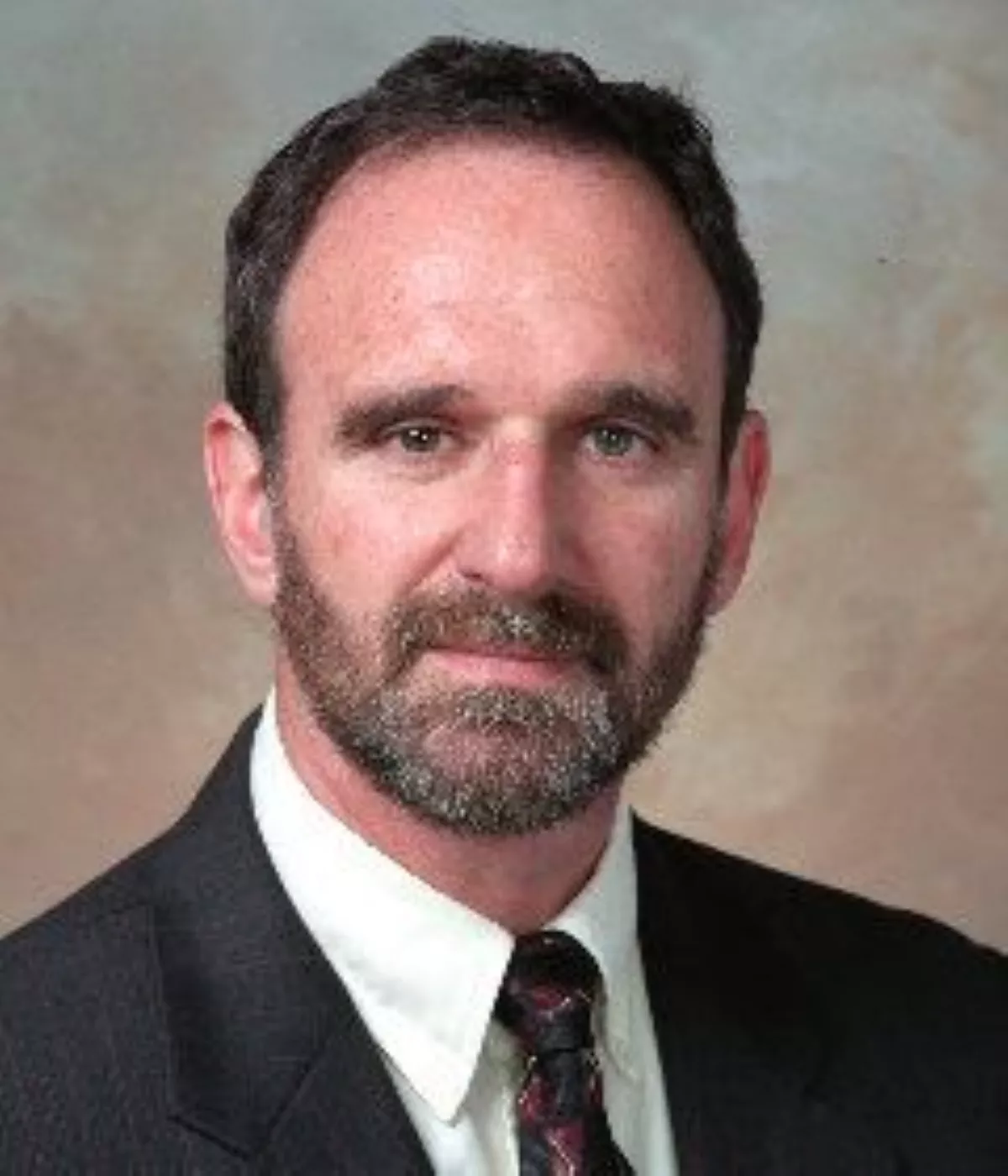 1.
1. Martin Edward Hellman was born on October 2,1945 and is an American cryptologist and mathematician, best known for his invention of public-key cryptography in cooperation with Whitfield Diffie and Ralph Merkle.

 1.
1. Martin Edward Hellman was born on October 2,1945 and is an American cryptologist and mathematician, best known for his invention of public-key cryptography in cooperation with Whitfield Diffie and Ralph Merkle.
Martin Hellman was elected a member of the National Academy of Engineering in 2002 for contributions to the theory and practice of cryptography.
Martin Hellman went on to take his bachelor's degree in electrical engineering from New York University in 1966, and at Stanford University he received a master's degree and a Ph.
Martin Hellman joined Stanford University electrical engineering department in 1971 as an assistant professor and served on the full-time faculty for twenty-five years before taking emeritus status as a full professor in 1996.
Martin Hellman has been a longtime contributor to the computer privacy debate.
Martin Hellman served on the National Research Council's Committee to Study National Cryptographic Policy, whose main recommendations have since been implemented.
Martin Hellman has been active in researching international security since 1985.
Martin Hellman was involved in the original Beyond War movement, serving as the principal editor for the "BEYOND WAR: A New Way of Thinking" booklet.
Anatoly Gromyko and Martin Hellman served as the chief editors.
Martin Hellman is a member of the Board of Directors for Daisy Alliance, a non-governmental organization based in Atlanta, Georgia, seeking global security through nuclear nonproliferation and disarmament.
Also in 2011, Martin Hellman was made a Fellow of the Computer History Museum for his work, with Whitfield Diffie and Ralph Merkle, on public key cryptography.
Martin Hellman won the Turing Award for 2015 together with Whitfield Diffie.
Diffie and Martin Hellman's groundbreaking 1976 paper, "New Directions in Cryptography," introduced the ideas of public-key cryptography and digital signatures, which are the foundation for most regularly-used security protocols on the internet today.